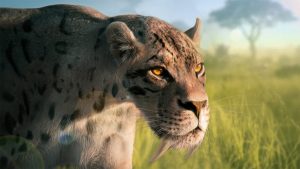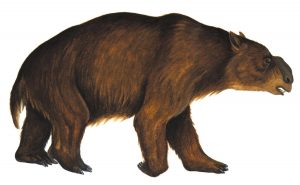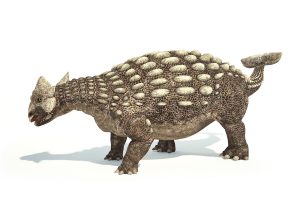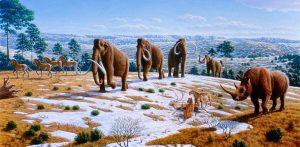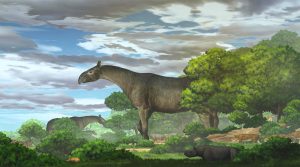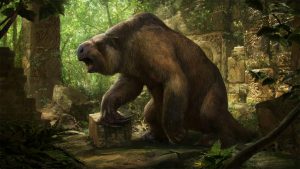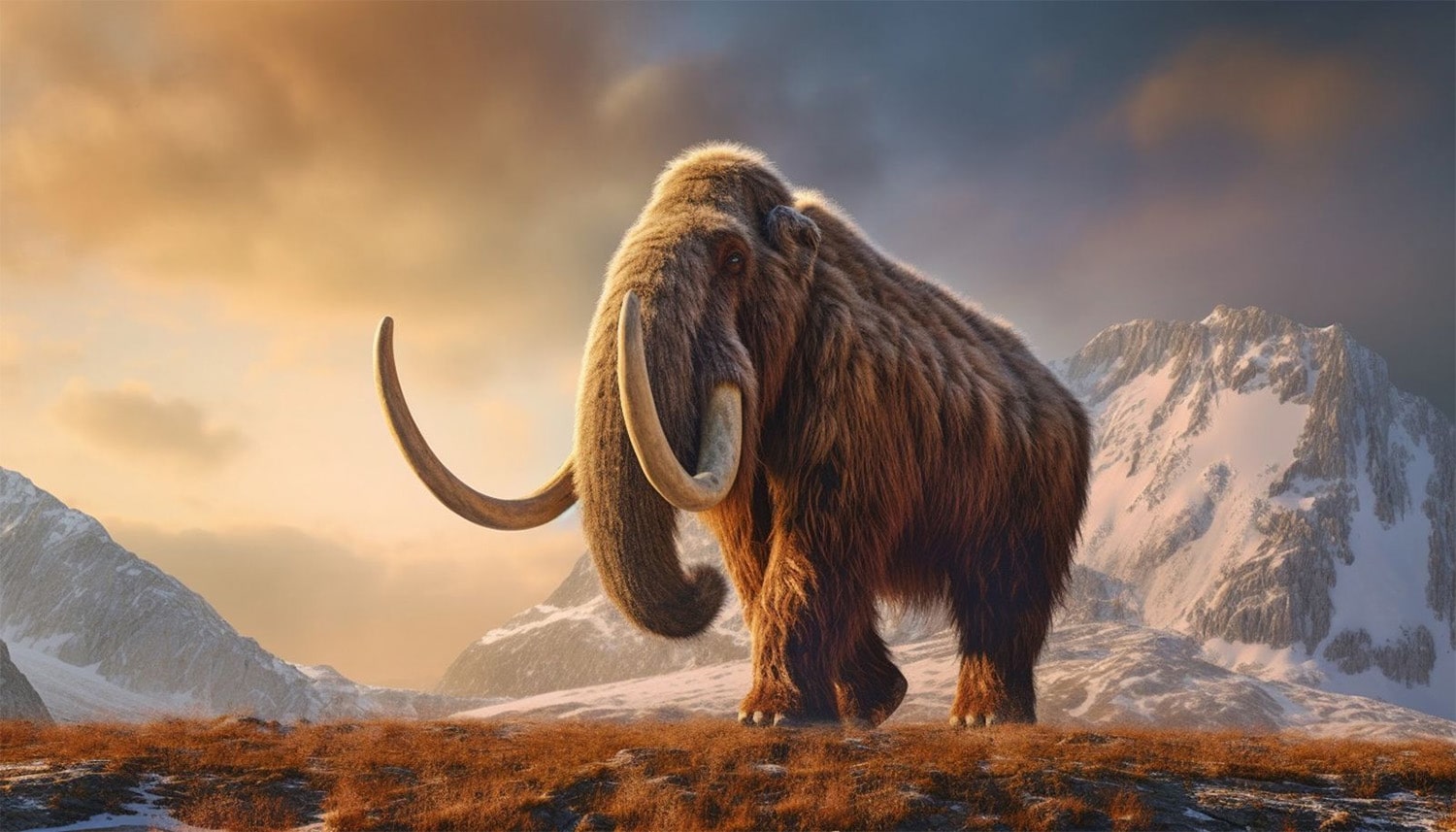
27 interesting facts about Mammoths
- 👁️ 403
Mammoths are among the most iconic creatures of the Ice Age, fascinating both scientists and the general public alike. These magnificent beasts roamed the Earth for millions of years before becoming extinct around 4,000 years ago. With their enormous size, long curved tusks, and shaggy coats, mammoths are often envisioned as the quintessential prehistoric animal. Recent advances in science, including DNA analysis, have provided new insights into their biology, behavior, and the reasons behind their extinction. Let’s delve into some interesting and informative facts about mammoths that shed light on their existence and the efforts to understand these incredible creatures.
- Mammoths belonged to the family Elephantidae, which includes today’s African and Asian elephants.
- The woolly mammoth, Mammuthus primigenius, is the most well-known species, famous for its thick fur adapted to cold environments.
- Mammoths first appeared in the Pliocene epoch, about 5 million years ago.
- There were several species of mammoths, not all of which were woolly or lived in cold climates.
- The Columbian mammoth, Mammuthus columbi, inhabited more temperate regions of North America.
- Some of the largest mammoths, such as the Imperial Mammoth, could reach up to 4 meters (13 feet) at the shoulder.
- Mammoth tusks could grow up to 5 meters (16 feet) long and were used for fighting, foraging, and attracting mates.
- The last population of woolly mammoths lived on Wrangel Island in the Arctic Ocean until approximately 4,000 years ago, making them contemporaneous with ancient Egyptian civilization.
- Mammoth remains have been found on every continent except Australia and South America.
- The diet of woolly mammoths mainly consisted of grasses and sedges, which they grazed using their long, curved tusks to shovel away snow.
- Scientists have sequenced the complete genomes of several mammoths, providing insights into their genetic diversity and adaptation to cold environments.
- Mammoths had a gestation period of about 22 months, similar to modern elephants.
- Cave paintings and artifacts indicate that prehistoric humans hunted mammoths and used their bones and tusks to build dwellings and tools.
- The woolly mammoth’s coat consisted of a dense underfur and long, coarse outer hairs to insulate them from the freezing temperatures of the Ice Age.
- Isotopic analysis of mammoth tusks has been used to track their migrations and changes in diet throughout their lives.
- A well-preserved woolly mammoth calf named Lyuba, discovered in Siberia in 2007, has provided valuable information on mammoth anatomy and development.
- The pygmy mammoth, Mammuthus exilis, evolved from larger mammoths that became isolated on the Channel Islands of California, demonstrating an example of insular dwarfism.
- Some theories on the extinction of mammoths include climate change, overhunting by humans, and a combination of both factors.
- Frozen mammoth carcasses found in Siberia have contributed to our understanding of their appearance, including skin and hair color.
- Advances in genetic engineering have sparked discussions about the possibility of “de-extincting” mammoths by editing elephant DNA to include mammoth traits.
- The mammoth steppe, a vast grassland that once stretched from Spain across Eurasia to Canada, was the primary habitat of the woolly mammoth.
- Mammoths are believed to have had complex social structures, much like modern elephants.
- In 2021, a well-preserved woolly mammoth baby named “Nun cho ga” was discovered in Canada’s Yukon territory, offering new opportunities for research.
- The tusks of mammoths grow in a spiral pattern, which is unique among elephants and their relatives.
- Preserved mammoth footprints have been found in locations such as the White Sands National Park in the United States, providing evidence of their behavior and movement.
- The term “mammoth” has entered the English language as an adjective meaning “huge,” reflecting the animal’s size.
- Ongoing research into mammoth DNA aims to understand how these animals adapted to cold climates and why they ultimately went extinct.
Mammoths are a captivating subject of study, offering a window into a world that existed thousands of years ago. Their remains, preserved in the permafrost and unearthed by archaeologists, continue to reveal secrets about their way of life, their environment, and their interactions with early humans. The possibility of bringing mammoths back to life through genetic engineering remains a topic of debate, but their legacy endures, reminding us of the Earth’s dynamic history and the ever-changing nature of life on our planet. As we uncover more about mammoths, we deepen our understanding of extinction, survival, and the intricate connections between all living beings.
